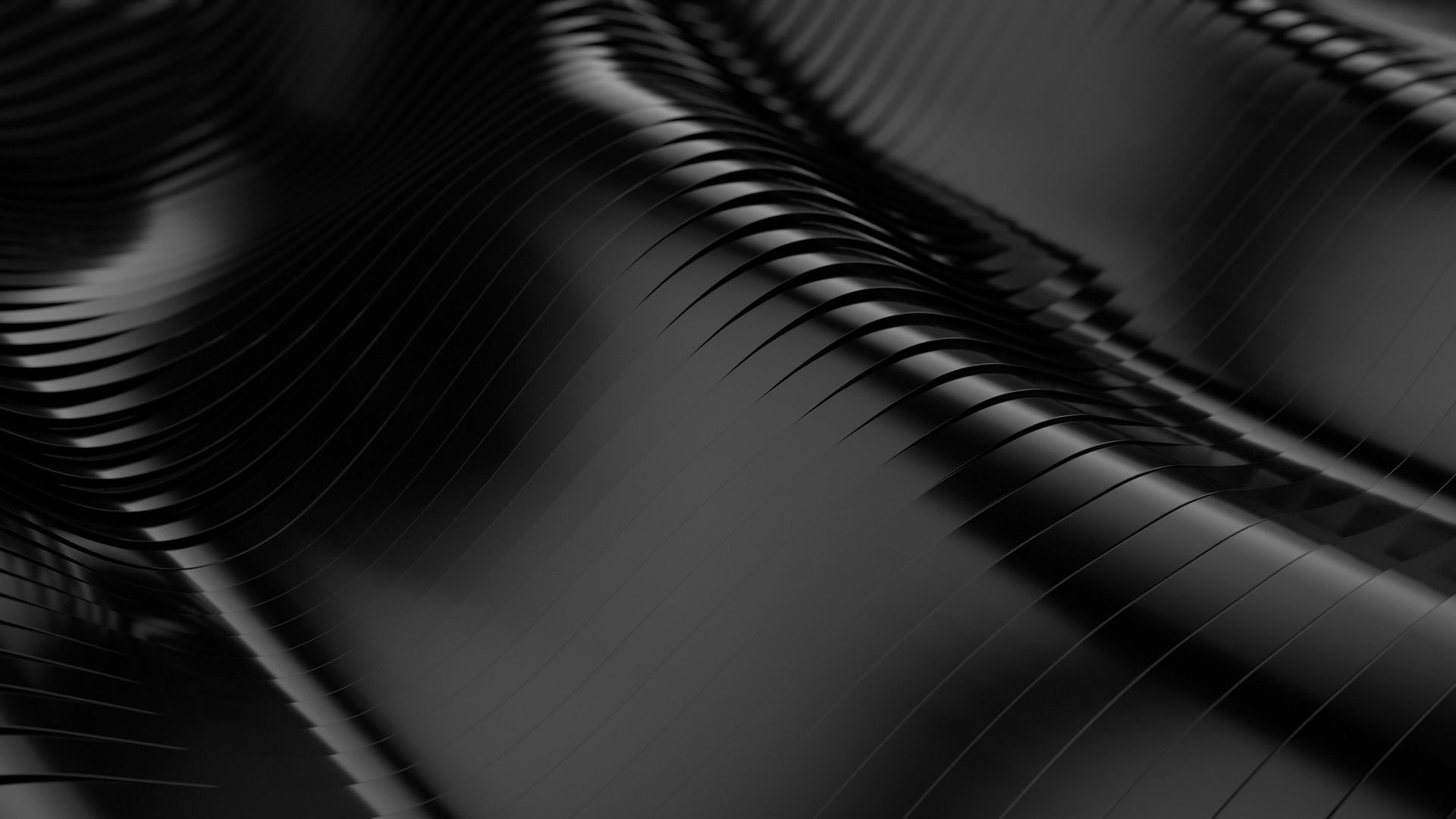The Saga of Multiverses- Marvel vs DC
- ManiKumar Jami
- Jun 25, 2023
- 4 min read

The Multiverse in DC and Marvel Cinematic Universes: A Scientific and Quantitative Analysis
The concept of the multiverse has been a staple of science fiction for decades, and in recent years, it has become increasingly popular in superhero movies and TV shows. Both the DC and Marvel Cinematic Universes (MCU) have explored the multiverse in their recent films, but they have done so in very different ways.
In the DC Universe, the multiverse is a vast and complex structure, with an infinite number of universes existing side-by-side. These universes can be very different from each other, with different laws of physics, different histories, and different versions of the same characters. For example, in one universe, Superman might be a Kryptonian who was raised on Earth, while in another universe, he might be a human who was given Kryptonian powers by a mad scientist.
In the 2017 film "Justice League: The Flashpoint Paradox," Barry Allen travels back in time to prevent his mother's death, but his actions create a new timeline in which the multiverse is fractured. This film explored the multiverse in a more complex way than previous DC films, and it also touched on some astrophysics concepts. For example, the film showed how Barry's time travel could create new universes, and it also explored the idea of parallel universes.
The DC Universe's multiverse has been explored in a number of different ways in the comics and in the movies. In the 2015 crossover event "DC's Legends of Tomorrow: Crisis on Earth-X," characters from different universes came together to fight a common threat. This event was a direct adaptation of the comic book series "Crisis on Infinite Earths."

The astrophysics concepts that are relevant to the DC Universe's multiverse include the following:
The Big Bang: The Big Bang is the theory that the universe began with a massive explosion and has been expanding ever since. This theory suggests that there could be other universes that were created in other Big Bangs.
Quantum mechanics: Quantum mechanics is the study of the behavior of matter and energy at the atomic and subatomic level. This theory suggests that there are many different possible universes, each with its own set of laws of physics.
String theory: String theory is a proposed theory of everything that attempts to unify the four fundamental forces of nature (gravity, electromagnetism, the strong force, and the weak force) into a single framework. This theory suggests that there are 10 or 11 dimensions of space-time, and that our universe is just one of many possible universes that exist in these higher dimensions.
The MCU's multiverse is not as vast as the DC Universe's, but it is still home to a number of different universes. These universes are connected by the Time Variance Authority (TVA), a bureaucratic organization that monitors the multiverse and ensures that all timelines remain on the "Sacred Timeline." The TVA has the power to prune alternate timelines that deviate too far from the Sacred Timeline, which means that these universes can be erased from existence.

The TVA was introduced in the 2021 Disney+ series "Loki." This series explored the multiverse in a more complex way than previous MCU films, and it also touched on some astrophysics concepts. For example, the series showed how the TVA uses quantum technology to travel through the multiverse, and it also explored the idea of parallel universes.
The astrophysics concepts that are relevant to the MCU's multiverse include the following:
Quantum entanglement: Quantum entanglement is a phenomenon in which two particles are linked together in such a way that they share the same fate, no matter how far apart they are. This phenomenon suggests that it might be possible to travel through the multiverse by using quantum entanglement to connect two different universes.
There are a number of scientific and quantitative differences between the multiverses in the DC and MCU. For example, the DC Universe's multiverse is infinite, while the MCU's multiverse is finite. This means that there are an infinite number of universes in the DC Universe, but only a finite number of universes in the MCU.
Another difference between the two multiverses is the way that they are structured. The DC Universe's multiverse is a single, unified structure, while the MCU's multiverse is a collection of separate universes that are connected by the TVA. This means that the DC Universe's multiverse is more interconnected than the MCU's multiverse.
Finally, there are a number of differences between the laws of physics in the two multiverses. The DC Universe's multiverse has a wide variety of different laws of physics, while the MCU's multiverse has a more consistent set of laws of physics. This means that the DC Universe's multiverse is more diverse than the MCU's multiverse.
In my opinion, the multiverse concept is more realistic in the DC Universe than in the MCU. This is because the DC Universe's multiverse is more complex and interconnected than the MCU's multiverse. The DC Universe's multiverse also has a wider variety of different laws of physics, which makes it more realistic.
Of course, both the DC and MCU multiverses are works of fiction, and neither of them is completely realistic. However, I believe that the DC Universe's multiverse is a more realistic representation of what a multiverse might actually be like.
Conclusion
The multiverse is a fascinating concept that has been explored in both the DC and MCU. While the two multiverses are different in a number of ways, they both offer a glimpse into the possibilities of a multiverse. I believe that the DC Universe's multiverse is more realistic than the MCU's multiverse, but both of them are enjoyable and thought-provoking.
EmKay Jami




Comments